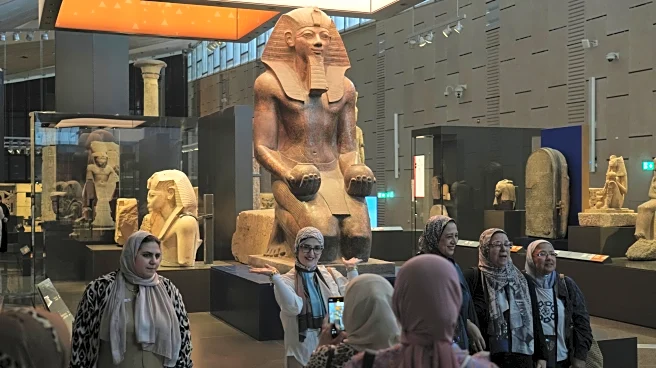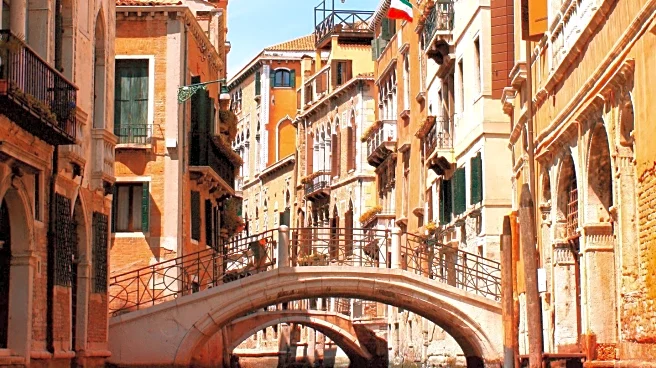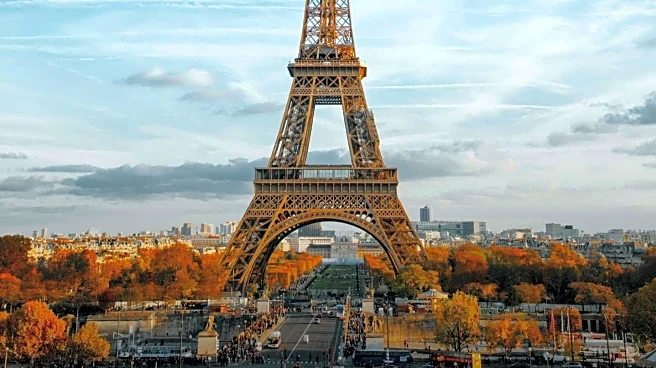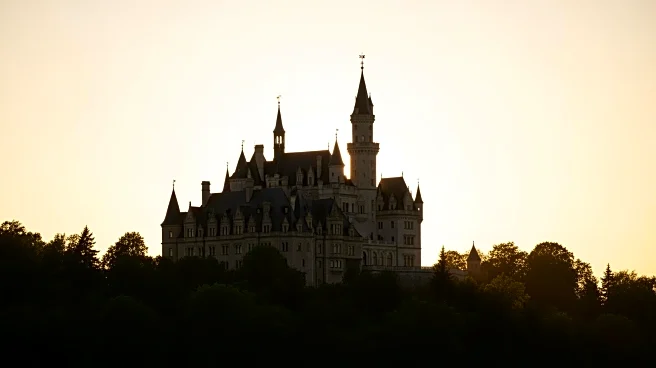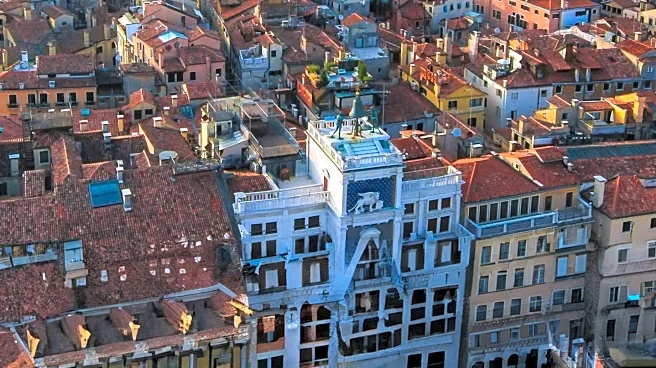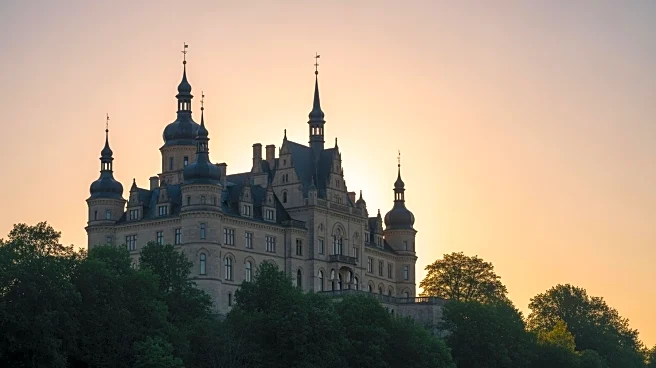What's Happening?
For the first time in nearly two millennia, a hidden passageway in Rome's Colosseum, once reserved exclusively for emperors, has been opened to the public. This newly accessible tunnel offers a glimpse into the past, allowing visitors to experience a part
of Roman history that was previously off-limits. The passageway, which leads to the emperor's special box, was used for both glory and safety, enabling emperors to enter the Colosseum discreetly. The tunnel features faded decorations depicting jugglers, athletes, and wild animal fights, reflecting the grandeur of ancient Roman entertainment.
Why It's Important?
The opening of this passageway provides a unique opportunity for historians and the public to gain insights into the lives of Roman emperors and the architectural ingenuity of the time. It enhances the cultural and historical value of the Colosseum, one of the world's most iconic landmarks, attracting millions of tourists annually. This development also underscores the importance of preserving and studying historical sites, offering educational benefits and promoting cultural heritage tourism. The restoration and opening of such sites can boost local economies and foster a deeper appreciation for history.
What's Next?
The current section of the tunnel is only partially excavated, with plans to explore further and uncover more of its path. This ongoing archaeological work may reveal additional historical insights and artifacts, contributing to our understanding of Roman history. The Colosseum's management is likely to continue efforts to preserve and restore other parts of the site, potentially opening more areas to the public in the future. These initiatives will require continued funding and support from both governmental and cultural organizations.
Beyond the Headlines
The discovery and opening of the passageway highlight the challenges and rewards of archaeological preservation. It raises questions about the balance between public access and the preservation of delicate historical sites. The project also reflects broader trends in cultural heritage management, where technology and careful restoration practices are used to make history accessible to a global audience while ensuring its protection for future generations.





